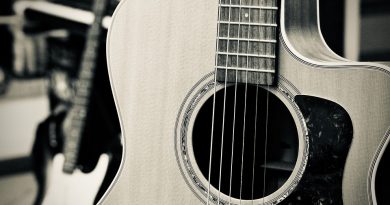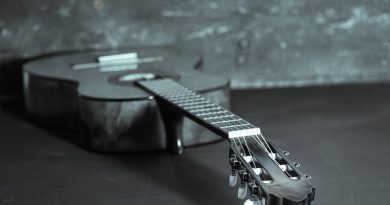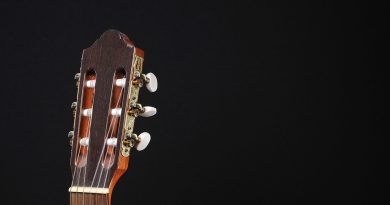Unlock the Secrets of Guitar Effects: A Beginner’s Guide
Unlock the Secrets of Guitar Effects: A Beginner’s Guide
Guitar effects are a powerful tool that can enhance your playing and give you the ability to create unique sounds and textures. From simple distortion to complex modulation, there are countless effects pedals available to help you achieve the sound you desire. In this beginner’s guide, we will unlock the secrets of guitar effects and help you understand how to use them to take your playing to the next level.
Understanding the Basics
Before diving into the world of guitar effects, it’s important to have a basic understanding of how they work. Effects pedals are devices that alter the sound of your guitar signal in real-time. They can be used to add distortion, delay, reverb, modulation, and more to your sound.
There are two main types of effects pedals: analog and digital. Analog pedals use electrical circuits to manipulate the signal, while digital pedals use digital processing to achieve the desired effect. Each type has its own unique characteristics and can be used to create different sounds.
Common Types of Guitar Effects
Distortion: Distortion pedals add grit and aggression to your tone, making your guitar sound more raw and intense. From classic rock to heavy metal, distortion pedals are a staple in many guitarists’ pedalboards.
Delay: Delay pedals create echoes of your guitar signal, adding depth and dimension to your sound. Whether you’re looking for a subtle slapback delay or a lush, ambient sound, delay pedals can help you achieve the perfect atmospheric effect.
Reverb: Reverb pedals simulate the sound of a physical space, adding a sense of space and depth to your playing. From spring reverb to hall reverb, these pedals can help you create a full, rich sound that enhances your playing.
Modulation: Modulation pedals alter the frequency or amplitude of your guitar signal, creating rich, evolving textures. From chorus to phaser to flanger, modulation pedals can add movement and complexity to your sound.
Understanding Signal Chain
When using multiple effects pedals, it’s important to understand the concept of signal chain. The order in which you place your pedals can have a significant impact on the overall sound of your guitar. While there are no hard and fast rules, here are some general guidelines to help you create a balanced and dynamic signal chain:
1. Dynamics pedals (such as compressors and EQ pedals) should be placed at the beginning of your signal chain to shape your overall tone and volume.
2. Overdrive and distortion pedals should come next, as they can heavily influence the sound of your guitar signal.
3. Modulation pedals (such as chorus, phaser, and flanger) can be placed after distortion pedals to add movement and depth to your sound.
4. Time-based effects (such as delay and reverb) should be placed at the end of your signal chain to add space and atmosphere to your playing.
Experimenting with different pedal combinations and signal chain orders can help you find the perfect sound for your playing style.
Building Your Pedalboard
Building a pedalboard can be an exciting but daunting task, especially for beginners. With so many effects pedals available, it can be overwhelming to decide which ones to include in your setup. Here are some tips to help you build a pedalboard that suits your needs:
1. Start with the basics: Begin with essential effects like distortion, delay, and reverb before adding more specialized pedals.
2. Consider your playing style: Think about the genres and styles of music you play most often, and choose pedals that complement your playing style.
3. Experiment with different pedals: Borrow pedals from friends, visit a local music store, or watch online demos to try out different effects before making a purchase.
4. Invest in quality pedals: While it can be tempting to buy inexpensive pedals, investing in high-quality pedals can make a significant difference in the sound and durability of your setup.
5. Organize your pedalboard: Arrange your pedals in a logical order that makes it easy to access and adjust them while playing.
Conclusion
Guitar effects are a powerful tool that can help you unlock new creative possibilities and enhance your playing. By understanding the basics of effects pedals, experimenting with different combinations, and building a pedalboard that suits your needs, you can take your playing to the next level. Whether you’re a beginner or an experienced guitarist, learning how to use guitar effects can open up a world of sonic possibilities and help you develop your own unique sound.






